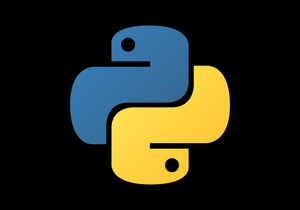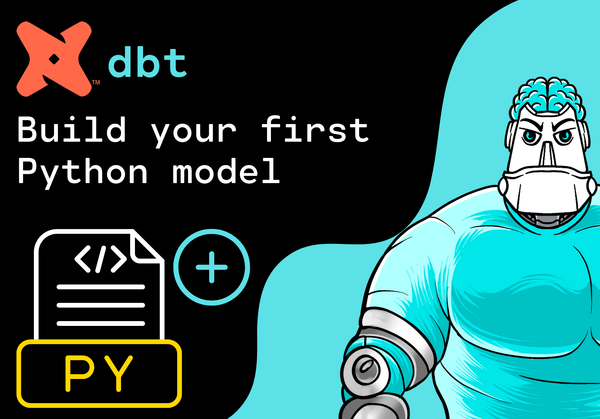
Build an Interactive Dashboard for your Pandas DataFrame with Streamlit
📘 Introduction Data is only as useful as your ability to explore and understand it. But building an interface to analyze and visualize your DataFrame often feels like a full-blown front-end project. That’s where Streamlit saves the day. In this tutorial, you’ll learn how to build a data app...









